Researchers at the University of Pennsylvania have made important progress in designing a drug that could recover brain function in cases of severe brain damage due to injury or diseases such as Alzheimer’s.
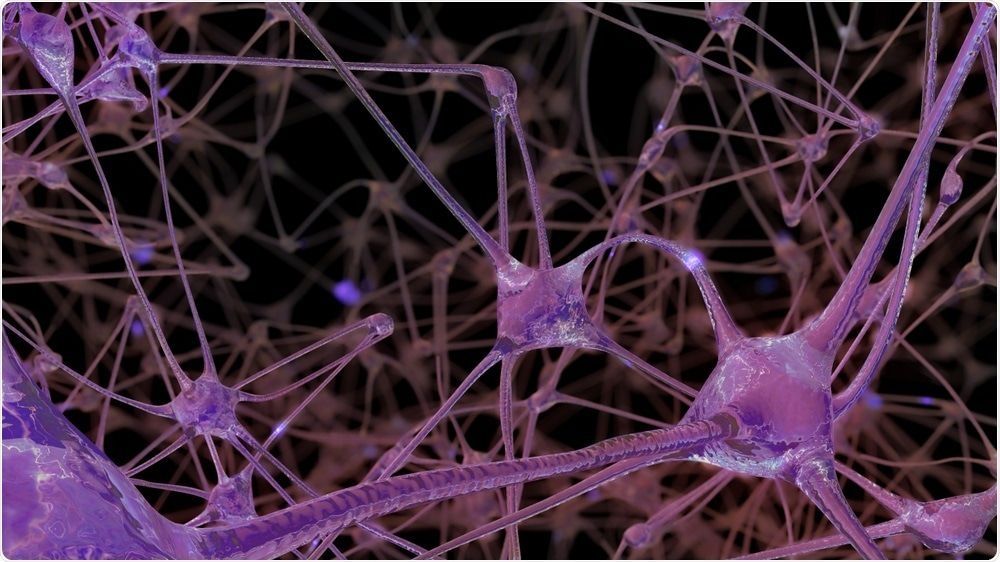

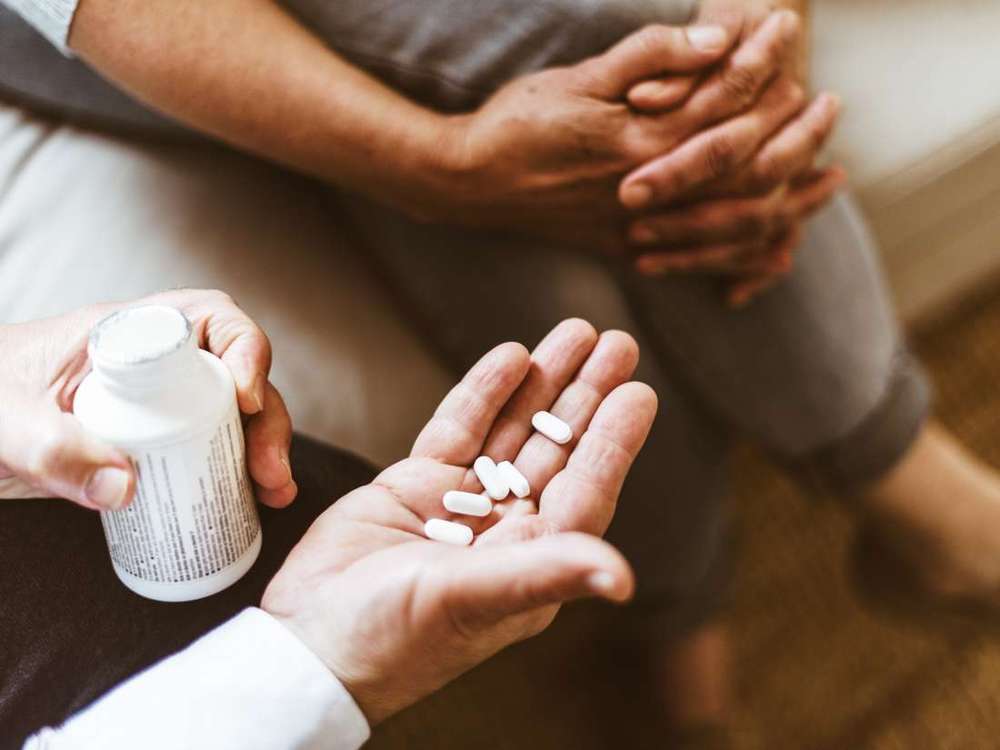

A research team led by Professor Johann de Bono at the Institute of Cancer Research, London has successfully tested a new drug that has infiltrated different forms of cancer in an ongoing human trial [1].
The drug is called tisotumab vedotin (TV) and works like a ‘Trojan Horse’ by hiding a cancer-killing payload inside an antibody, which allows it to infiltrate the tumor and attack it from the inside.
The antibody seeks out a surface receptor on tumor cells known as ‘tissue factor’ (TF). TF is expressed by many tumor cells and contributes to a variety of pathological processes, including thrombosis, metastasis, tumor growth, and tumor angiogenesis. Once the antibody has located the TF receptor, it binds to it, and the cancer-killing payload is able to enter the tumor cell and destroy it from the inside.
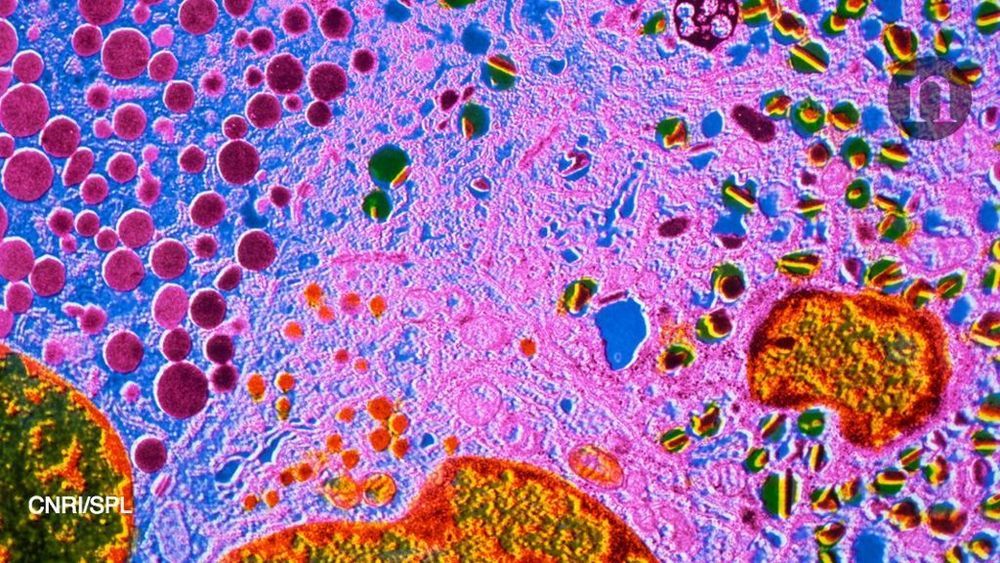
The destruction of a single kind of insulin-producing cell in the pancreas can lead to diabetes — but a study suggests that other cells could be modified to take its place and help to control blood sugar levels.
The results raise hopes that ‘reprogrammed’ insulin-producing cells could be used as treatment for diabetes, but the approach has so far only been tested with human cells in mice studies.
In a study published on 13 February in Nature, researchers report coaxing human pancreatic cells that don’t normally make insulin, a hormone that regulates the amount of glucose in the blood, to change their identity and begin producing the hormone.

Smartphones aren’t just for selfies anymore. A novel cell phone imaging algorithm can now analyze assays typically evaluated via spectroscopy, a powerful device used in scientific research. Researchers analyzed more than 10,000 images and found that their method consistently outperformed existing algorithms under a wide range of operating field conditions. This technique reduces the need for bulky equipment and increases the precision of quantitative results.
Accessible, connected, and computationally powerful, smartphones aren’t just for “selfies” anymore. They have emerged as powerful evaluation tools capable of diagnosing medical conditions in point-of-care settings. Smartphones also are a viable solution for health care in the developing world because they allow untrained users to collect and transmit data to medical professionals.
Although smartphone camera technology today offers a wide range of medical applications such as microscopy and cytometric analysis, in practice, cell phone image tests have limitations that severely restrict their utility. Addressing these limitations requires external smartphone hardware to obtain quantitative results – imposing a design tradeoff between accessibility and accuracy.
By filling them with little sponges 💉.
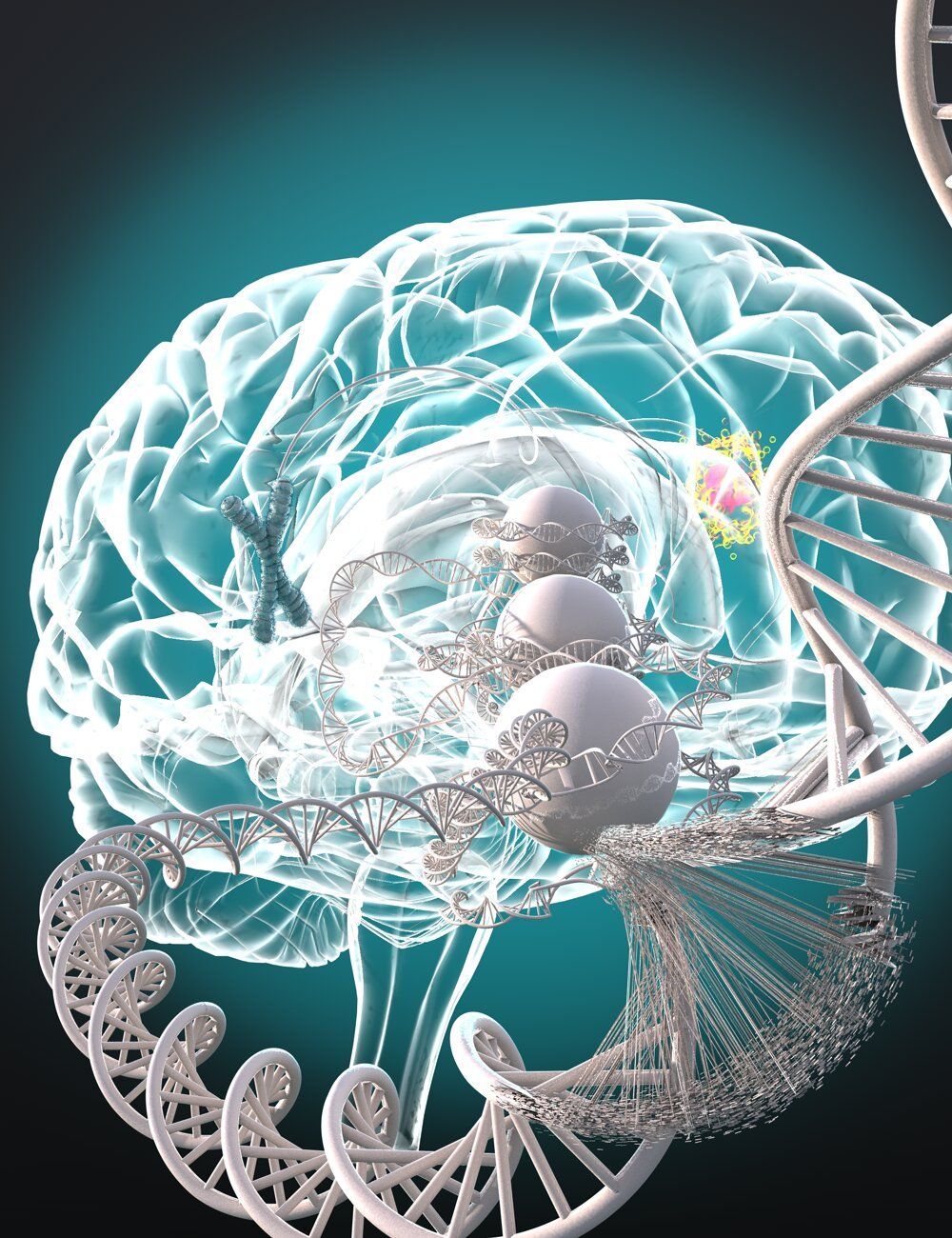
Researchers from the University of Michigan Rogel Cancer Center have found that a genetic mutation seen in about half of all brain tumors produces a response that prevents radiation treatment from working. Altering that response using FDA-approved drugs restores tumors’ sensitivity to radiation therapy, extending survival in mice.
The paper, representing more than five years of research, is published in Science Translational Medicine.
“These findings have great potential to impact medical treatment of patients with low-grade glioma, which is critically needed for this terrible disease,” says senior author Maria G. Castro, Ph.D., R. C. Schneider Collegiate Professor of Neurosurgery and a professor of cell and developmental biology at Michigan Medicine.
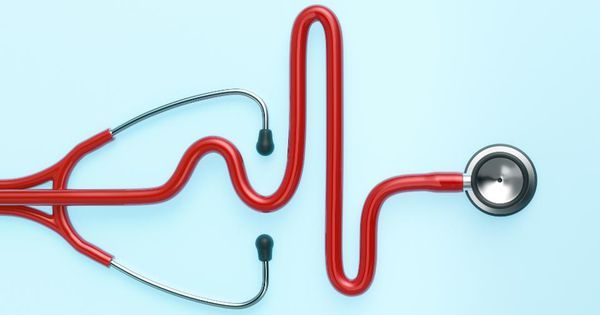
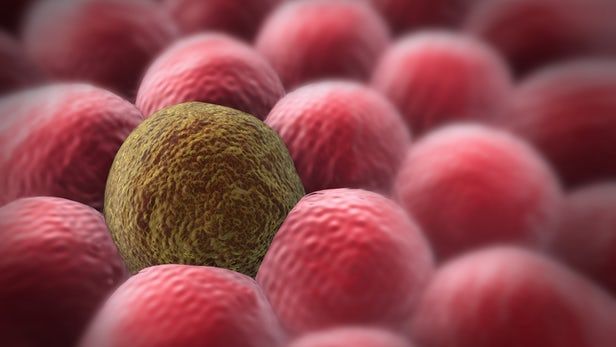
Cancer is a complicated disease. Tumors are made up of many different types of cancer cells, and our current treatment techniques can’t always clear them all out. Now, a team of Oxford researchers has developed a way to track the genetic “life histories” of thousands of individual cancer cells at once, which may lead to more effective and personalized cancer treatments.
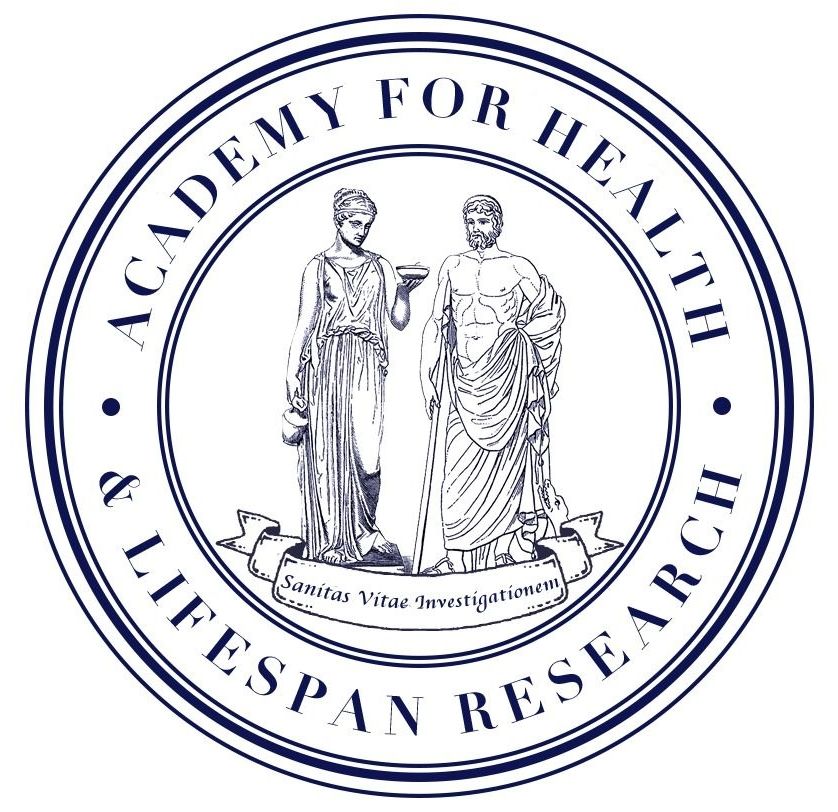
A collection of sixteen senior scientists have created an academy in Boston in order to showcase the important work currently being conducted on human aging and how researchers are developing ways to slow or even reverse it.
The Academy for Health and Lifespan Research is a nonprofit organization that will be organizing a series of forums at which researchers will share knowledge and research data, helping to improve the flow of information in this field.
The Academy will also be actively lobbying governments around the world to improve funding for aging research and to help improve regulatory pathways in ways that make it easier to develop therapies that target the aging processes in order to prevent age-related diseases.